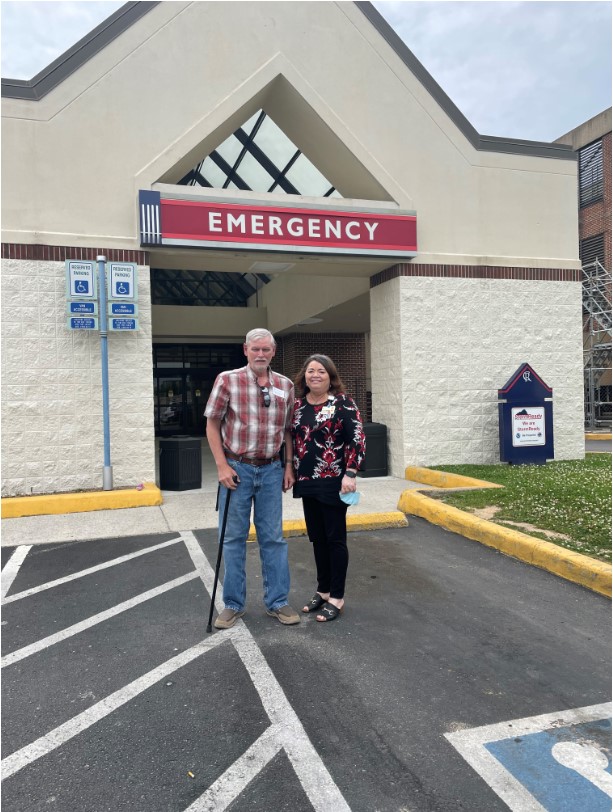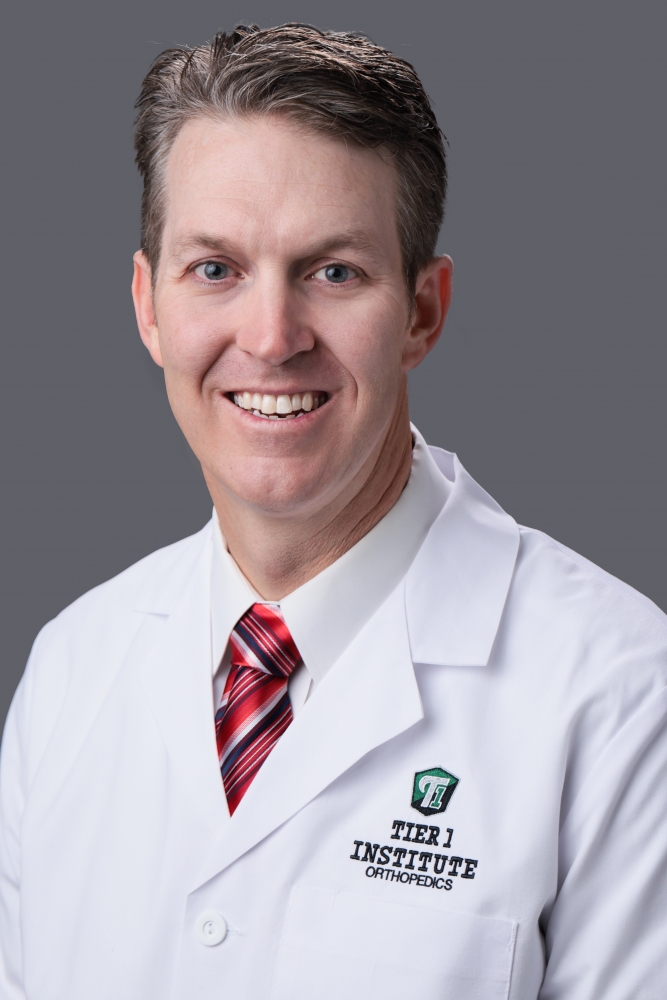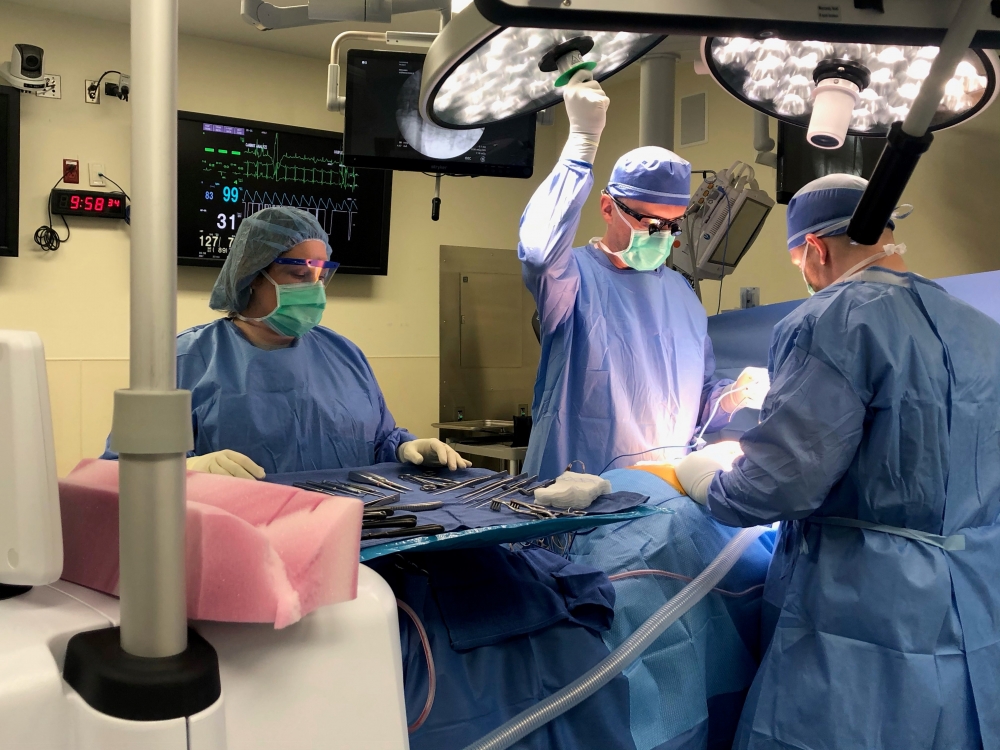News
Subtle signs can be a stroke

It was a regular November day nearly four years ago when Wanda Richardson knew something wasn’t right about her husband, Johnny.
“I noticed that one side of his mouth was drooping,” she said. “I said, ‘You’re having a stroke.’”
Both are nurses. Johnny worked at the Livingston hospital for 40 years just prior to his stroke. Wanda is the workplace wellness manager at Cookeville Regional Medical Center.
After some convincing, they did go to Livingston Regional Hospital where he had a head CT done, but since no clot was found, he was given blood pressure medicine and sent home.
The next day, his condition didn’t get any better.
“I just remember not feeling right,” he said. “My tongue felt weird and my left hand was weird.”
His blood pressure was a little elevated as well.
Wanda called a doctor friend from Livingston who urged him to come back in. Shortly thereafter, he was transferred to Cookeville Regional Medical Center where he had an MRI that found he was in full-blown stroke from a clot in the right middle cerebral artery.
“Dr. (Mark) Tedford had just come on here as a neurohospitalist,” Wanda said. “He and Dr. (Dalia) Miller were great with Johnny’s care. They answered any questions I had.”
It was also during this time that it was discovered Johnny had a heart condition that might have contributed to his stroke.
After a week in the hospital – a few days of those days in the ICU – he had to learn how to walk and talk again.
“I learned to hate therapy,” he said with a laugh.
He wouldn’t have gone anywhere else for treatment though.
“The treatment he got here saved his life,” Wanda said. “They’re an amazing group to work with and I couldn’t have asked for better.”
Since his stroke, Johnny pays more attention to his body now. He enjoyed woodworking prior to his stroke, but he is limited to what he can do with that hobby.
“I’d happily refer anyone to Cookeville for stroke care,” he said.
“Strokes can affect anyone at any age at any time,” said Paul Korth, CRMC CEO. “We are proud to be a primary stroke center to help those patients experiencing strokes have good outcomes.”
When a stroke is detected in the field by emergency medical services, a Code Stroke is called and CRMC Code Stroke team is activated to let the emergency room personnel know they are receiving a stroke patient.
The CRMC Code Stroke team includes a neurologist, the stroke coordinator, emergency room imaging, respiratory, pharmacy and lab staff.
When the patient arrives, the team is prepared and takes the patient to imaging to have a CT scan performed, bypassing the ED. If a stroke is detected, the patient will either be treated for stroke, or in more serious cases, they will be transferred to a nearby comprehensive stroke center.
“We are grateful to be a primary stroke center and the recognition of the efforts of so many people at CRMC to improve the care that our stroke patients receive,” Dr. Tedford said.

